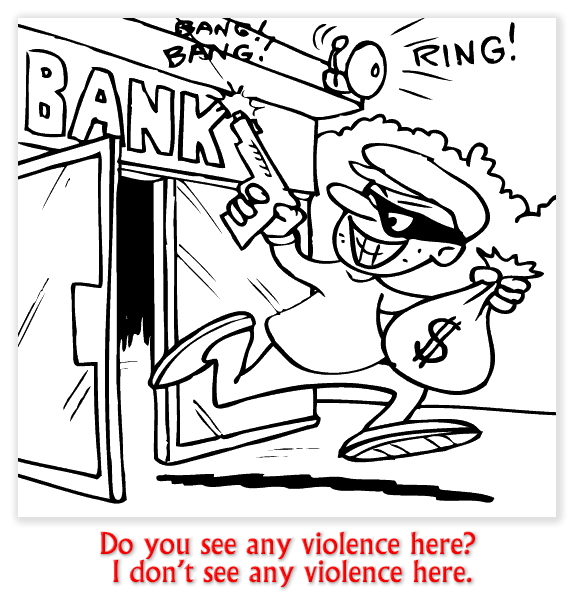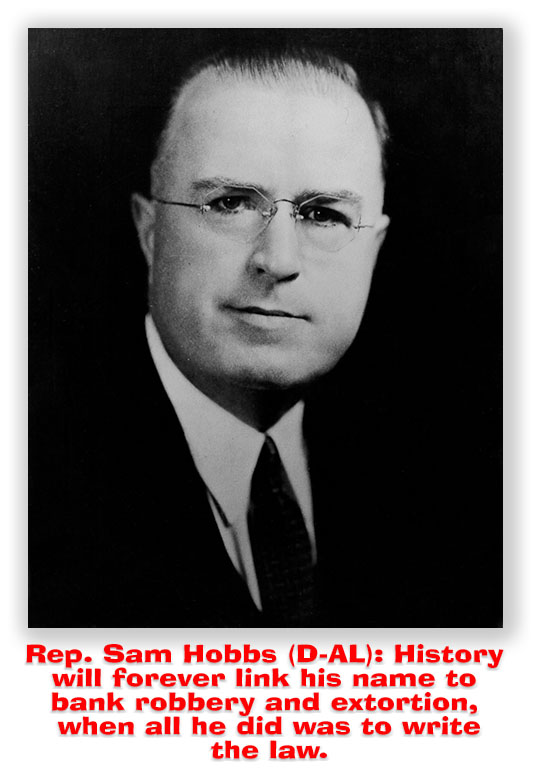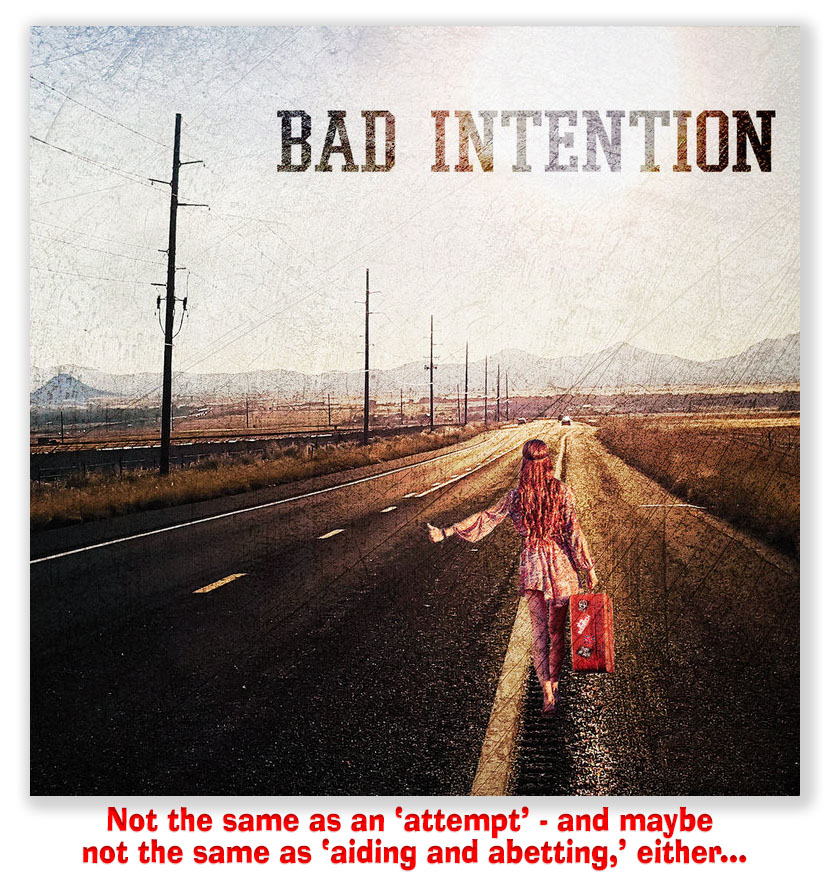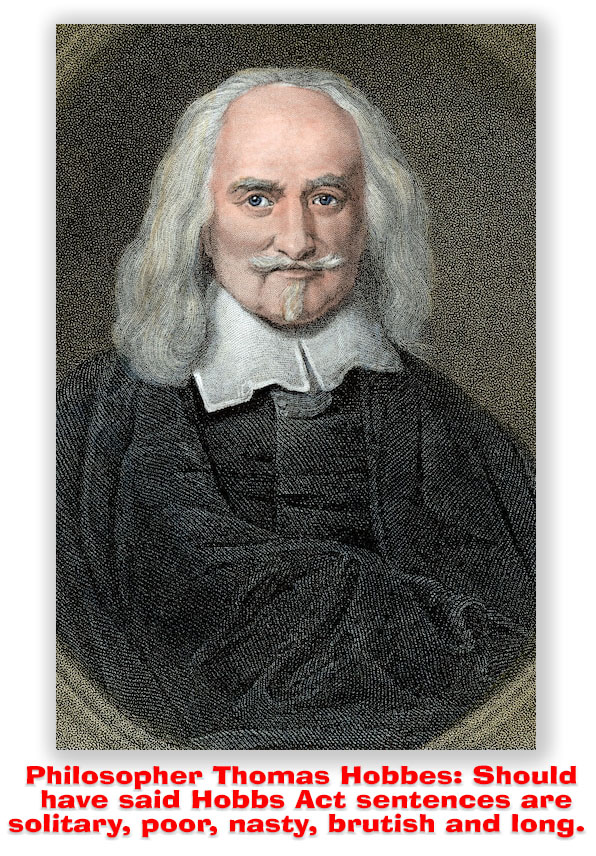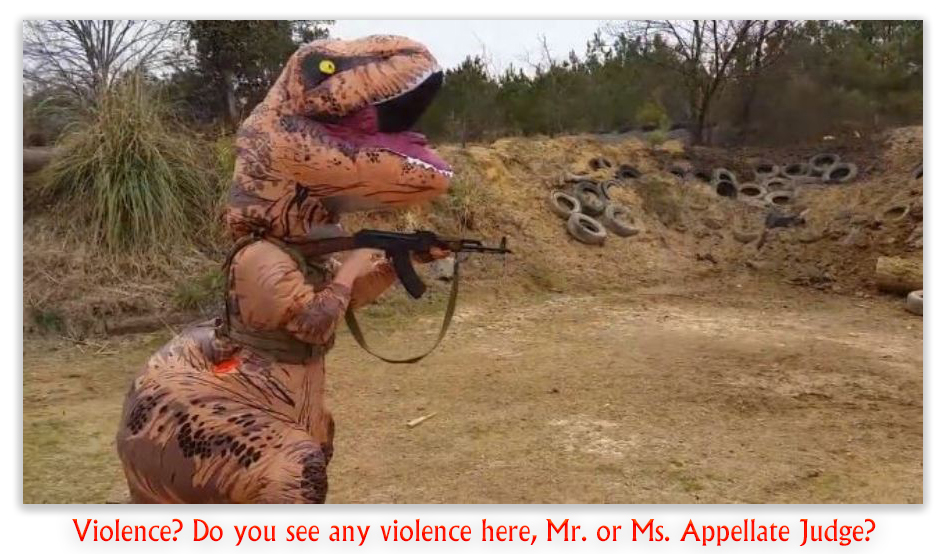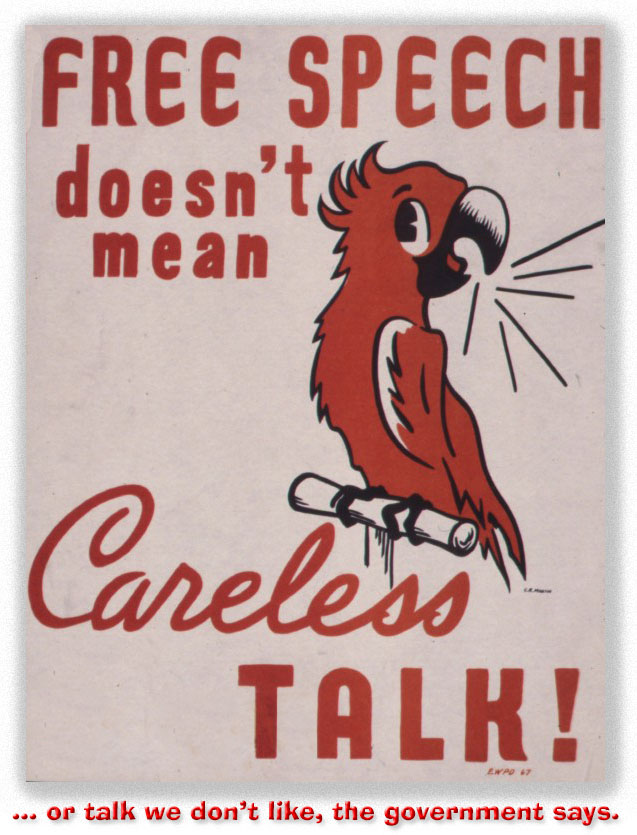We post news and comment on federal criminal justice issues, focused primarily on trial and post-conviction matters, legislative initiatives, and sentencing issues.

6TH CIRCUIT REFUSES EN BANC ON STACKED § 924(C) SENTENCES
 Tim Carpenter used a gun in a string of Hobbs Act robberies. He ended up with 105 years when he was sentenced before the First Step Act, which reduced mandatory minimum sentences for stacked 18 USC § 924(c) offenses. But Tim’s sentence was vacated because of errors, and he was not resentenced until after First Step became law.
Tim Carpenter used a gun in a string of Hobbs Act robberies. He ended up with 105 years when he was sentenced before the First Step Act, which reduced mandatory minimum sentences for stacked 18 USC § 924(c) offenses. But Tim’s sentence was vacated because of errors, and he was not resentenced until after First Step became law.
First Step, if applied to Tim’s sentencing, would reduce his § 924(c) mm sentence from 105 to 25 years. But despite the First Step’s retroactivity provision extending its benefits to defendants awaiting sentencing, and despite Tim’s pre-FSA sentence being thrown out, a three-judge panel held that Tom had to be resentenced under the old version of the statute.
First Step § 403(b) provides that the new § 924(c) sentencing statute would apply to offenses committed before the Act “if a sentence for the offense has not been imposed as of such date of enactment.” The Circuit believes that if a defendant was sentenced for a § 924(c) offense before December 2018 – even if the sentence was vacated later – any new § 924(c) sentence would have to be imposed under the old law.
Last week, the 6th denied en banc review, although six judges wanted to revisit the issue. Judge Bloomekatz spoke for all dissenters in an opinion that some commentators think was an effort to get at least one Supreme Justice’s attention:
The real human costs that this esoteric legal issue presents also should not be overlooked. Because our circuit has split from every other to reach this issue, defendants in Kentucky, Michigan, Ohio, and Tennessee will often have to serve decades longer sentences than those in most of the other states. Timothy Carpenter proves this point. His sentence is eighty years longer than it would be if he had been resentenced in the seventeen states that comprise the 3rd, 4th, and 9th Circuits. The resulting sentencing disparity… should give us pause enough to consider the decision as a full court. Indeed, the circuit split, the federal government’s position, the dissent from then-Judge Barrett in United States v. Uriate, and the dueling opinions on this en banc petition underscore that the scope of the retroactivity provision is far from clear.
Writing in his Sentencing Law and Policy blog, Ohio State University law professor Doug Berman said, “I am pretty sure this Timothy Carpenter has already served 10+ year in prisons, and so may soon be eligible for a reduction in sentence under the ‘unusually long sentences’ criteria in the U.S. Sentencing Commission’s proposed new [1B1.13] ‘Compassionate Release’ policy statement.”
 In his legal blog, UCLA law prof Eugene Volokh said of the opinion, “The en banc denial—which garners two dissentals—solidifies a circuit split, so keep an eye on this one.”
In his legal blog, UCLA law prof Eugene Volokh said of the opinion, “The en banc denial—which garners two dissentals—solidifies a circuit split, so keep an eye on this one.”
United States v. Carpenter, Case No 22-1198 (6th Cir., September 18, 2023)
United States v. Uriate, 975 F.3d 596 (7th Cir. 2020)
Sentencing Law and Policy, Notable debate among Sixth Circuit judges as court turns down en banc review of “resentencing retroactivity” after FIRST STEP Act (September 20, 2023)
The Volokh Conspiracy, Short Circuit: A Roundup of Recent Federal Court Decisions (September 22, 2023)
– Thomas L. Root








